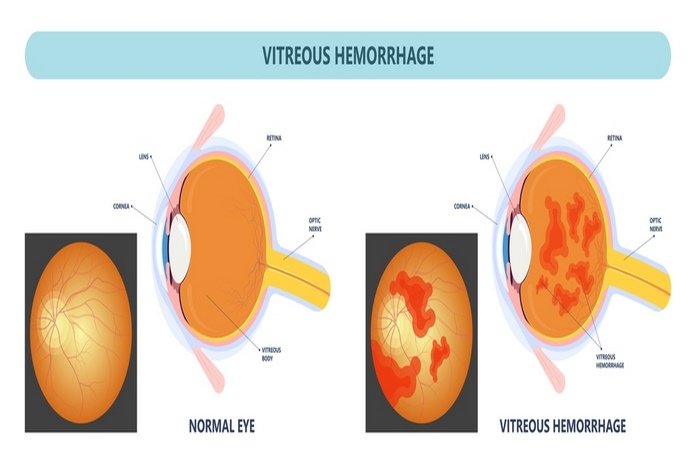Diabetic Retinopathy Can Lead To Some Serious Eye Conditions As Well Including

- Diabetic macular edema (DME)
With the passing time, almost 1 in every 15 people with diabetes will develop the condition of diabetic macular edema (DME). The DME occurs when the blood vessels in the retina start leaking fluid into the macula of the retina. The macula is responsible for a sharp and central vision and when there is leakage of fluid into it, the result is a blurry vision.
- Neovascular glaucoma
Diabetic retinopathy can lead to the abnormal growth of blood vessels surrounding the retina and block the fluid to drain out properly from the eye. Therefore, the improper drainage of the fluid from the eye leads to a type of glaucoma which is a combination of eye diseases that can result in blindness and vision loss.
- Retinal detachment
Diabetic retinopathy can lead to the formation of scars in the back of the eye in some people. As the scars pull the retina away from the back muscles of the eye, there is a tractional retinal detachment.
Diabetic retinopathy includes the growth of abnormal blood vessels around the retina. Certain complications of diabetic retinopathy can lead to severe vision issues such as:
- Vitreous hemorrhage
The new blood vessels might bleed into the jellylike, clear substance filling the center of the eye. If there is a small amount of bleeding then a person might see only see some dark spots i.e., the floaters. In case of more severe patients, blood can dill up the vitreous cavity thus completely blocking the vision. Vitreous hemorrhage itself usually does not lead to the development of permanent vision loss. However, the blood often drains out from the eye within a few months or weeks. Unless the retina suffers damage, the vision will be likely to return to its earlier clarity. (3)
